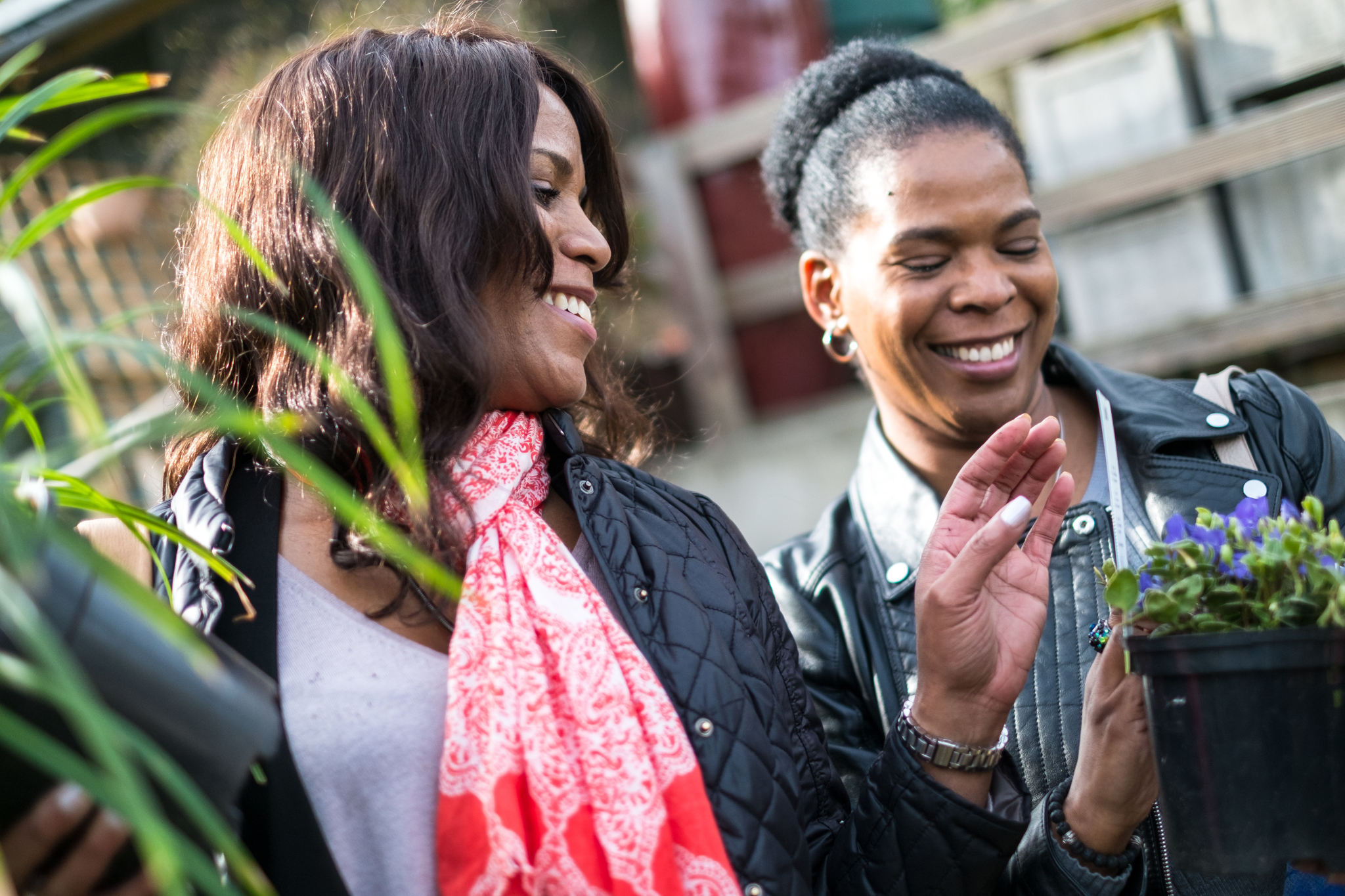
THERE are a few conditions we automatically think of as being ‘old-age’ problems. Dementia, vision and hearing decline, osteoarthritis…?
But this isn’t entirely accurate – osteoarthritis, the most common form of joint disease, can strike in younger age-groups too.
“Most people think arthritis is an inevitable part of ageing, but in actual fact, it can affect anyone at any age,” says Dr Tom Margham, a GP and spokesperson for the charity Arthritis Research UK. “Regardless of age, the condition can have a significant impact on everyday life.”
In fact, osteoarthritis is relatively common, affecting more than eight million people in the UK. And while the majority will be older, it’s not uncommon for people to develop the condition in their 40s, and sometimes even younger.
For some people, this damage happens faster and is more problematic, with the bones’ protective cartilage breaking down, resulting in painful, stiff, inflamed and swollen joints. Movement and mobility can also be affected, and sometimes bony growths or ‘spurs’ can occur.
“We still don’t know exactly why some people get osteoarthritis at a younger age. [But] we know there are many factors that can contribute to the development of the condition, including genetics, weight and joint injury,” says Dr Margham.
For information about how feet can be kept healthy & pain free at all life stages visit https://t.co/XItIIUkKuL #feetforlife pic.twitter.com/eA5l4bqLMb
— Versus Arthritis (@VersusArthritis) June 16, 2017
For Ruby, it started with pain in her hip, brought on by exercise. Obvious that this was more than a case of overdoing it in the gym, she ended up having to be carried into A&E by her partner because the pain was so severe.
After being examined and given an MRI scan, she was told she’d developed osteoarthritis in the joint. “My consultant at the time suggested physio, which helped, along with medication. I was told then that there was no cure, and eventually I may have to have a hip replacement.”
Of course, wear and tear injuries can be common, and joint pain is something many, if not most, people will experience at certain points. But Dr Margham stresses it’s important to get any ongoing or worsening joint pain checked out properly – especially if accompanied by inflammation and swelling. You may need tests, which can rule out other potential conditions, as well as help diagnose osteoarthritis. And if you do have it, getting the right advice means you’ll be able to start managing the condition in the best possible way.
Keeping active is something Ruby, who lives in London and runs her own business, is deeply passionate about – as not only does she enjoy it, but it plays a central role in managing her arthritis.
After another bad flare-up in 2010, she knew she had to take control of the situation, though there’s been some trial and error along the way. “I’d read that yoga was good, so joined a beginners’ class. This made it worse for me, but the instructor suggested I take a look at Pilates, which I did, although there are some movements and positions I just cannot do,” Ruby recalls.
Over time, and with advice from her physio, she’s worked out which exercises work, and which are best avoided. Now, alongside eating healthily – with lots of oily fish and iron-rich veg – plus meditation, and anti-inflammatory gels and painkillers when she needs them, it’s part of her everyday routine. “If I didn’t keep active, I think my condition would become more of a problem,” she says.
She understands exercise can be a tricky issue for anybody with joint problems – when you’re stiff and in pain, sometimes getting up and moving feels like the last thing you should be doing. But remaining active is actually very important; your doctor or physio can help advise on what’s suitable.
“My health means a lot to me and being active is so important, not just for my body but for my wellbeing too.”
Ruby has teamed up with anti-inflammatory gel brand Voltarol, plus Arthritis Research UK, to produce a series of videos about living with osteoarthritis, and exercises designed to help people with joint pain (remember to check with your own doctor before embarking on any new exercise programme).

Enjoy the convenience of having The Sunday Post delivered as a digital ePaper straight to your smartphone, tablet or computer.
Subscribe for only £5.49 a month and enjoy all the benefits of the printed paper as a digital replica.
Subscribe


